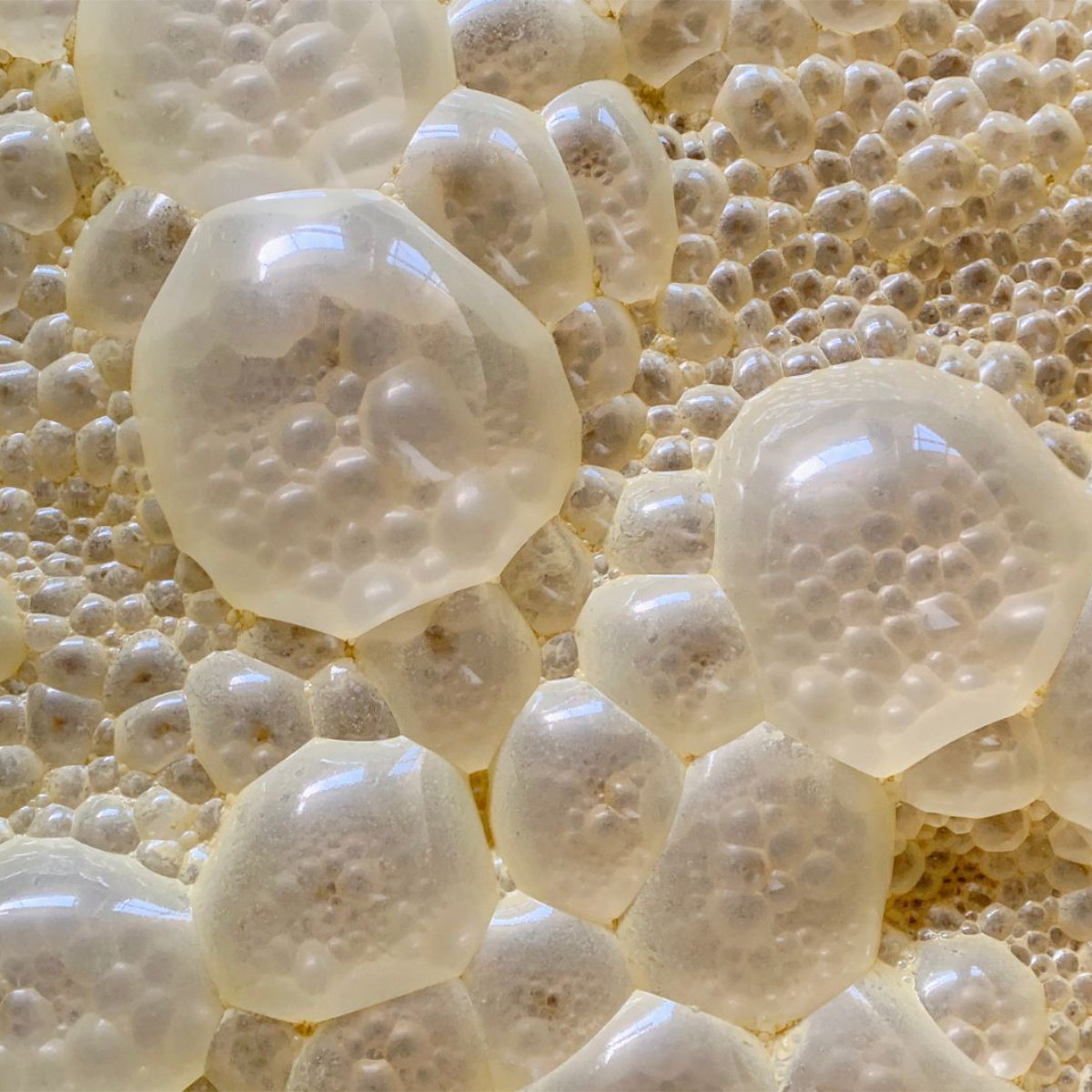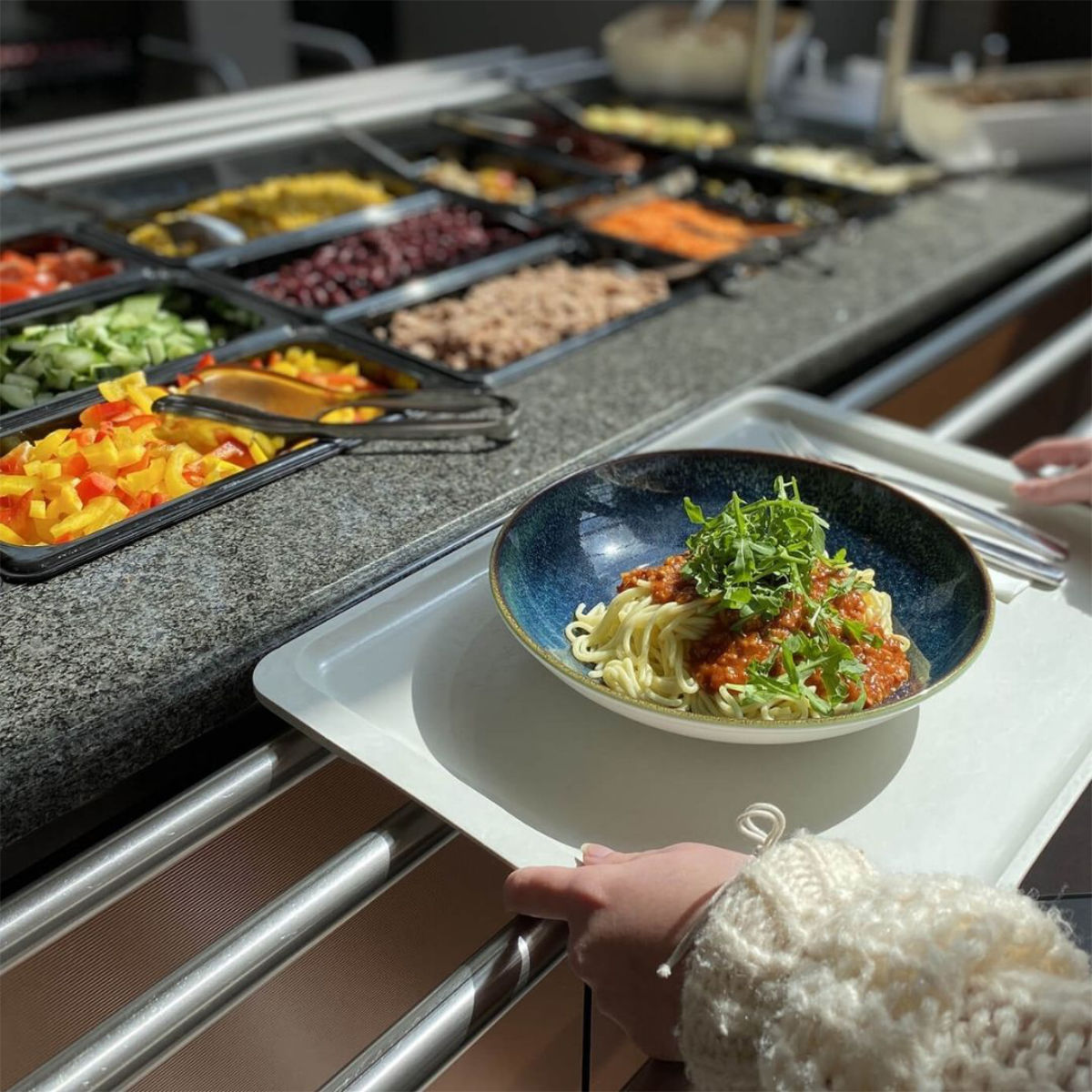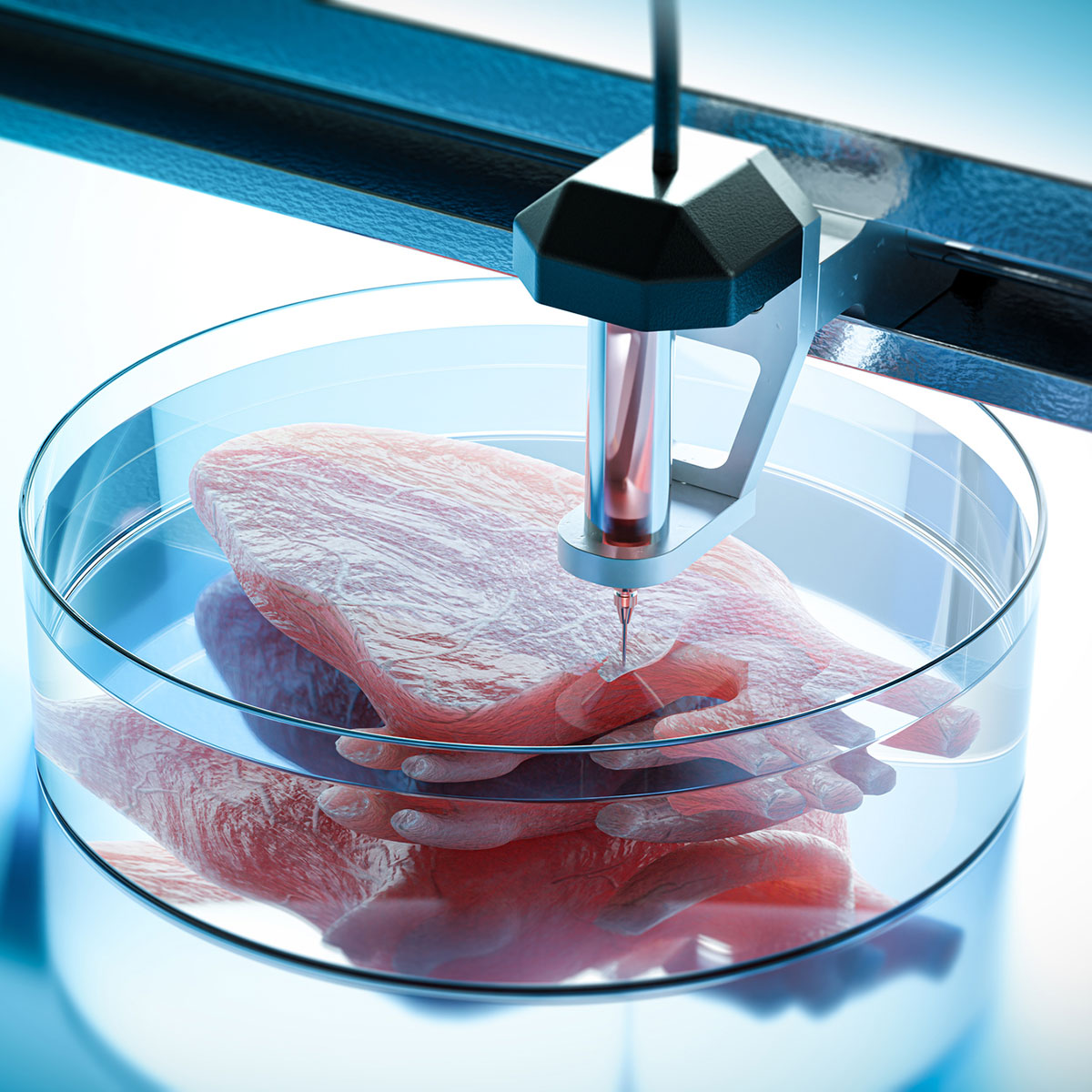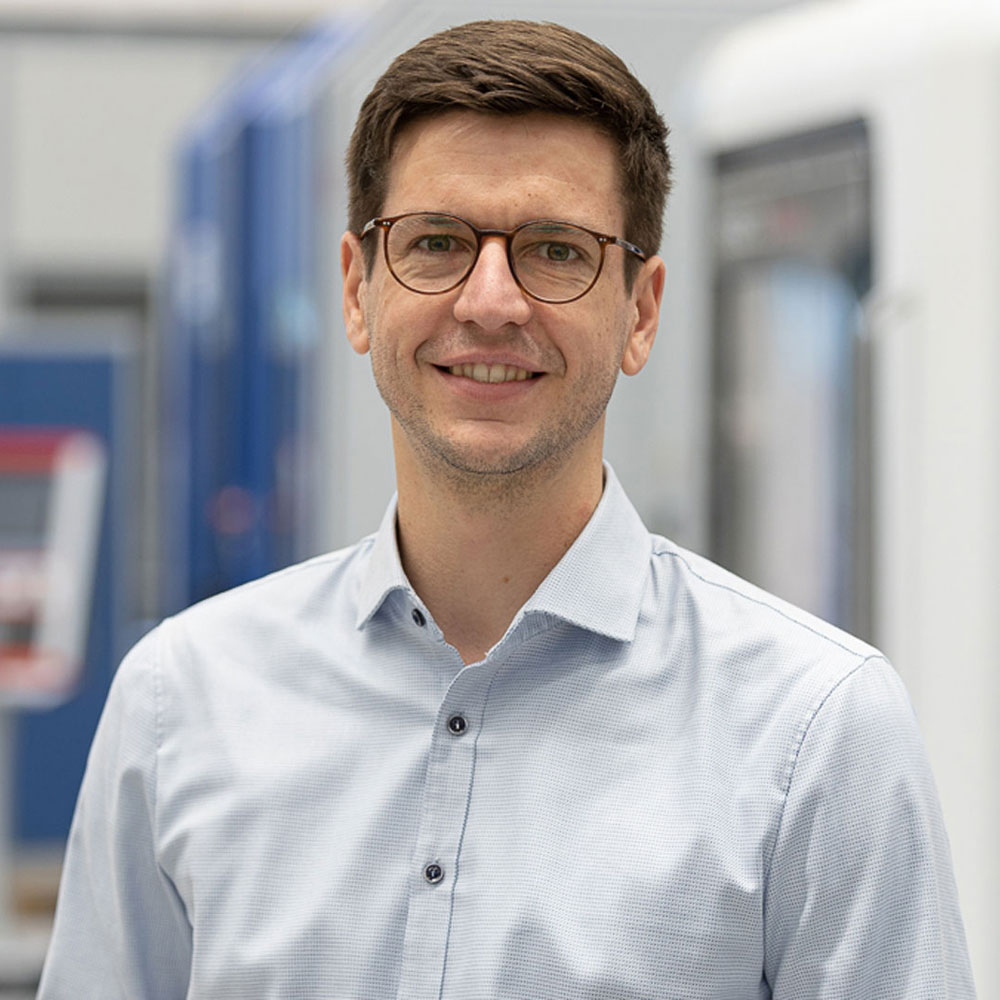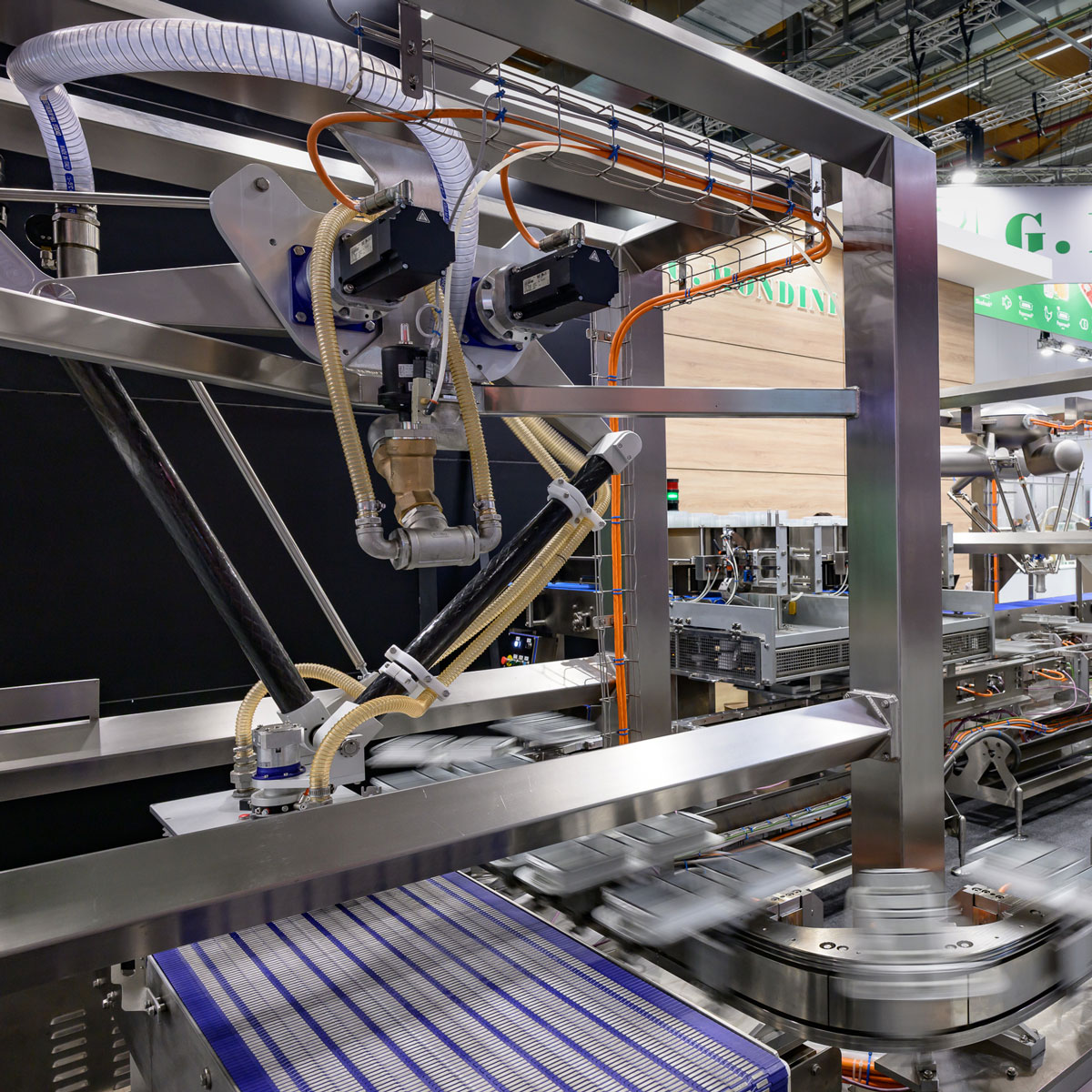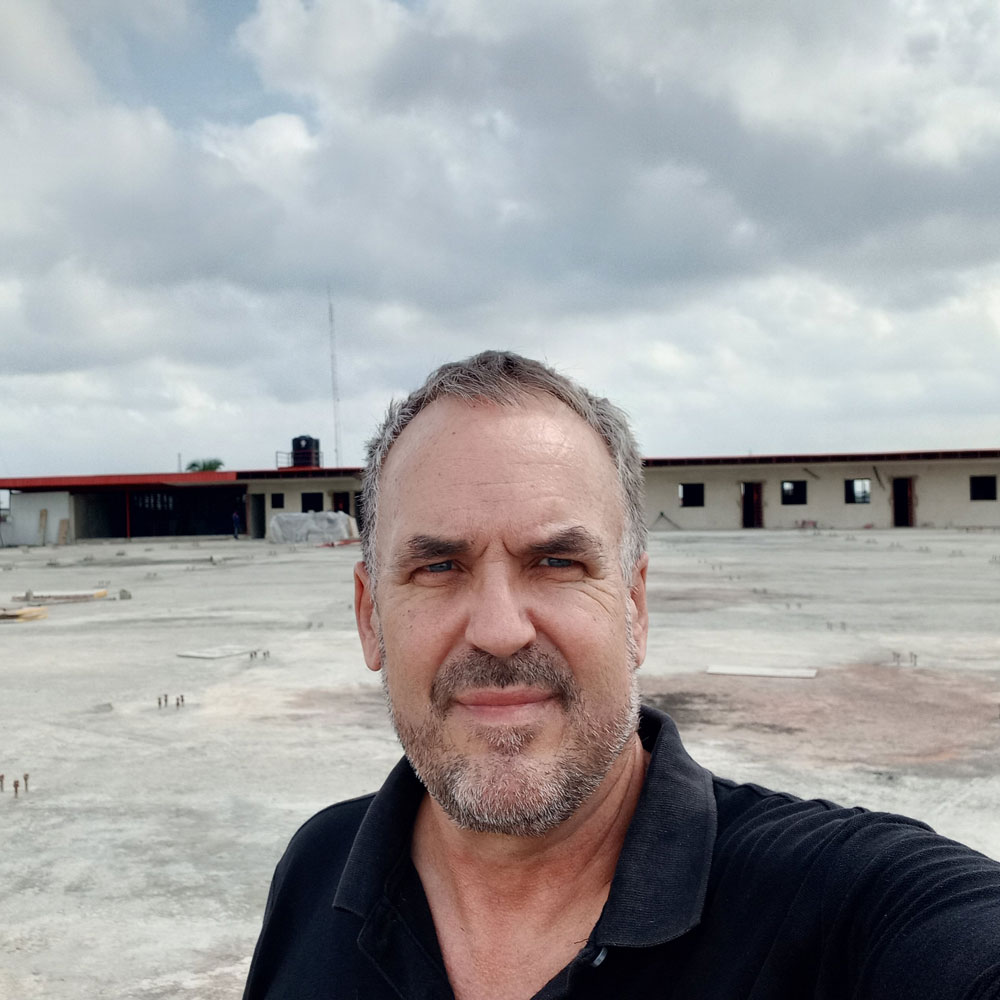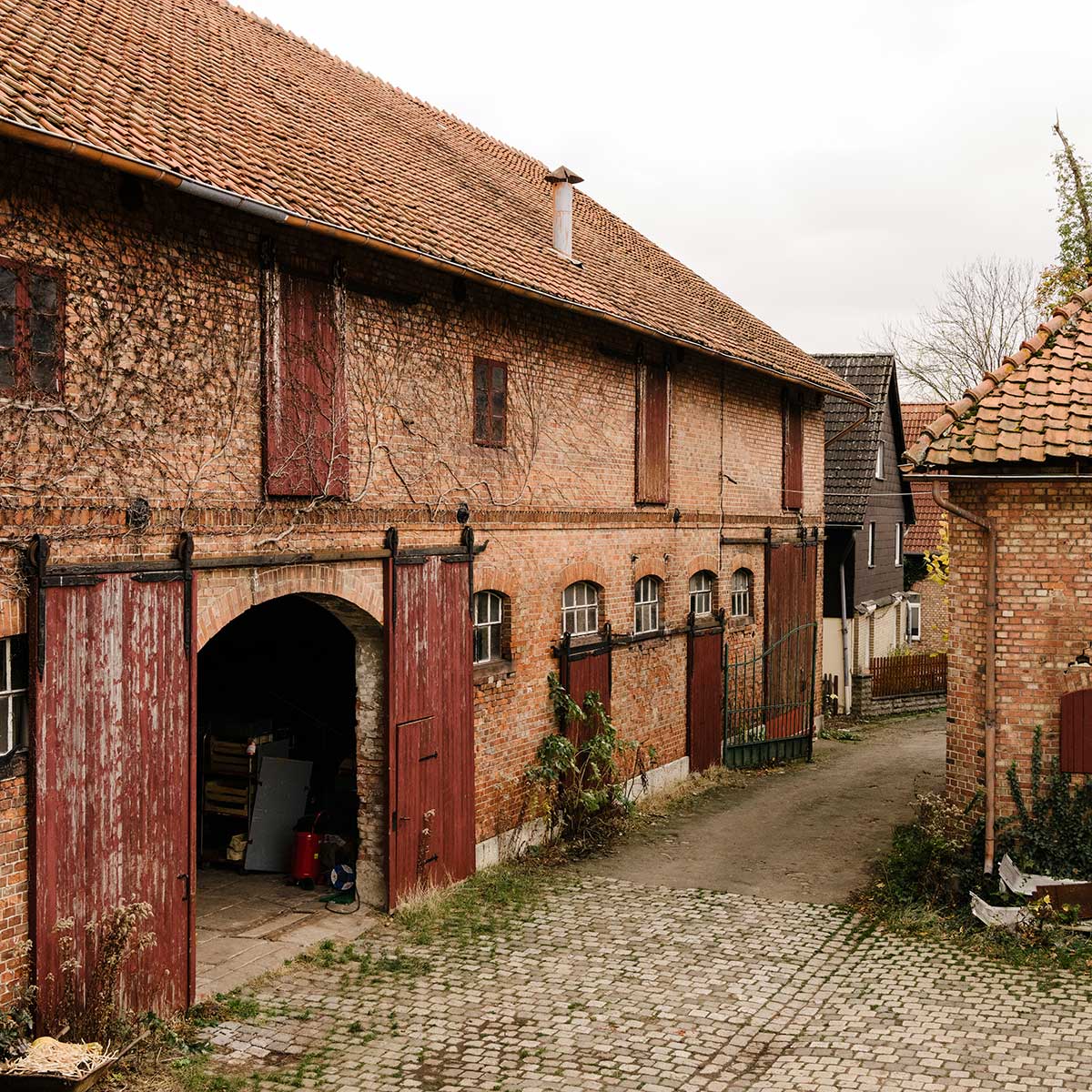Reading time: 4 minutes
Cleanroom technology as the key to safe food production
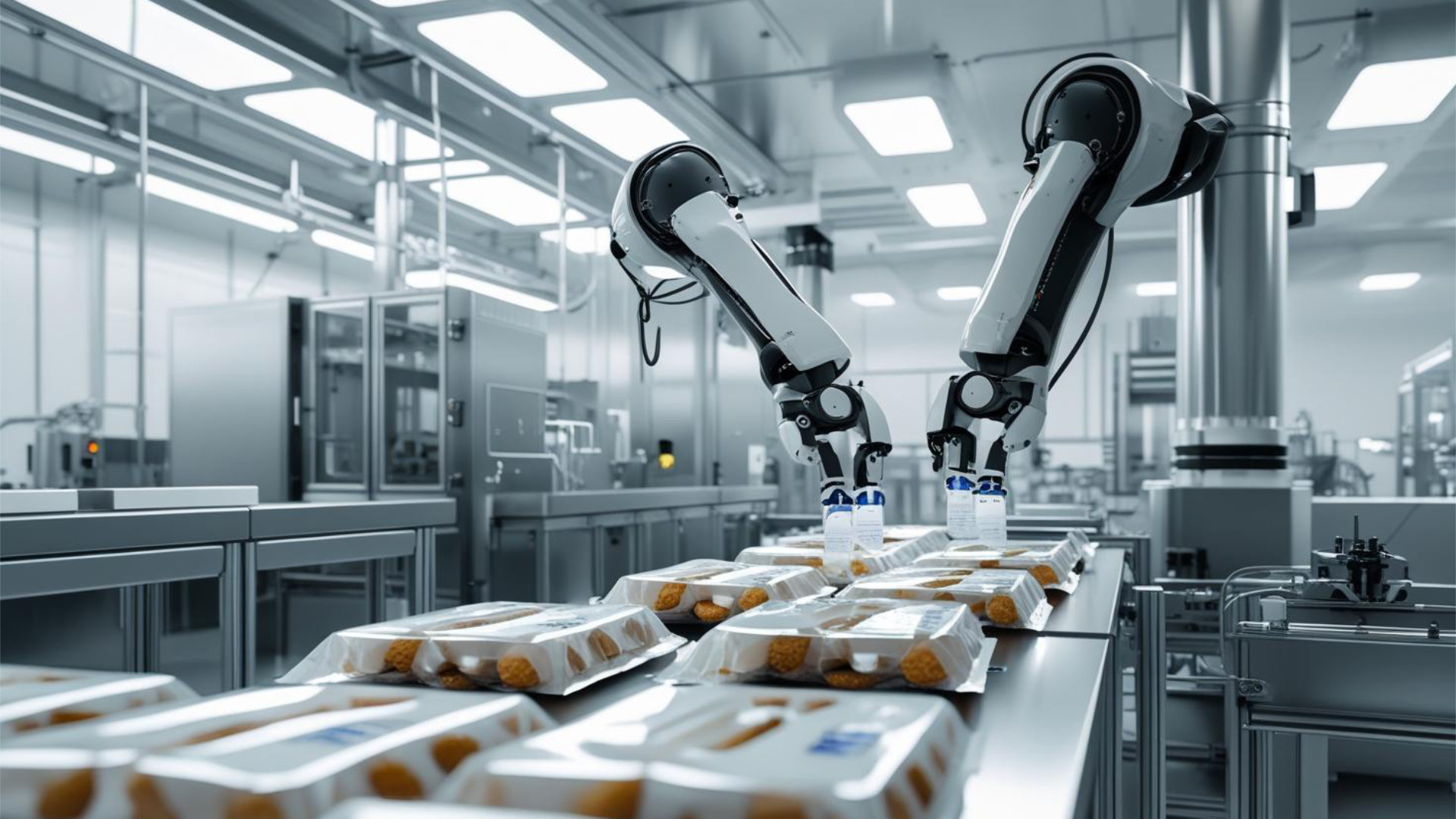
Cleanroom technology refers to all structural and technical measures that create a controlled, virtually particle-free and low-germ environment. The aim is to consistently prevent the contamination of products by microorganisms or foreign substances.
In a cleanroom, filter systems generate virtually sterile air, which is then supplied in a targeted manner using special flow concepts. This minimises contamination and ensures that polluted air is removed in a controlled manner. The cleanroom classes according to DIN EN ISO 14644-1 range from ISO 1 (very clean) to ISO 9 (higher particle contamination). Classes 5 to 7 are mostly used in food production. While baked goods can often be produced under less stringent conditions, fresh ready meals, salads and fermented products in particular benefit from controlled environments: shelf life and sensory properties such as texture and taste are significantly improved.
In order to reduce costs and minimise contamination risks, cleanrooms are often designed to be compact, covering a small area, often directly at the point of processing. A common concept is the ‘room-in-room principle’. Here, a particularly clean core area (e.g. ISO 5) is surrounded by a larger zone with slightly lower requirements (e.g. ISO 6).
Building and ventilation technology as the basis for clean rooms
Building and ventilation technology form the backbone of any clean room concept. They ensure constant conditions in terms of temperature, humidity and air quality. Moreover, they also enable precise control of air flows, pressure conditions and air exchange rates.
Construction and interior design of cleanrooms
To prevent cross-contamination, production areas are divided into different hygiene levels. Walls, ceilings and floors are constructed to be smooth, low-joint, chemically resistant and easy to clean. In addition, airlocks for personnel and materials prevent germs or particles from being transferred between zones.
Particularly in food tech facilities used for fermentation processes or in vertical farming environments, building design is crucial for safe production scaling.
Ventilation technology in food production
Ventilation technology plays a key role in hygiene standards. Powerful HEPA or ULPA filters reliably remove particles and microorganisms from the air. Clean air is introduced and contaminated air is removed in a targeted manner via displacement or mixed flows. Pressure cascades ensure that sensitive areas are protected from contamination from adjacent rooms. Depending on the clean room class, 20 to 60 air changes per hour are required.
Air conditioning is also of central importance: constant temperatures and regulated humidity slow down the growth of microorganisms, stabilising production processes.
Energy efficiency through intelligent ventilation control
As ventilation systems are among the most energy-intensive components, modern cleanrooms rely on intelligent control. Variable volume flow systems adjust the air supply to actual usage. This allows air exchange to be automatically reduced during non-production times, cutting energy requirements by half.
Automated systems measure particles, temperature, humidity and CO₂ in real time. They react immediately to deviations, increasing the air supply briefly when doors are opened and then reducing it again afterwards. Heat recovery, EC fans and optimised filter changes also help to recover up to 70% of the heat energy.
The result is significantly lower operating costs with consistently high food safety.
Conclusion: Cleanroom technology as an enabler for the food industry
Cleanroom technology has become a key success factor in food production – especially in innovative areas such as the production of alternative proteins, fermentation and cultured foods. Building and ventilation technology creates the basis for hygienic, stable and at the same time energy-efficient production conditions.
Combining intelligent control, sensor technology and automation not only ensures compliance with legal standards such as HACCP, IFS or BRC, but also delivers competitive advantages: longer shelf life, lower recall risk and economically viable processes. This makes cleanroom technology a decisive factor for the future of food production.
Das Ergebnis sind deutlich geringere Betriebskosten bei gleichbleibend hoher Lebensmittelsicherheit.


